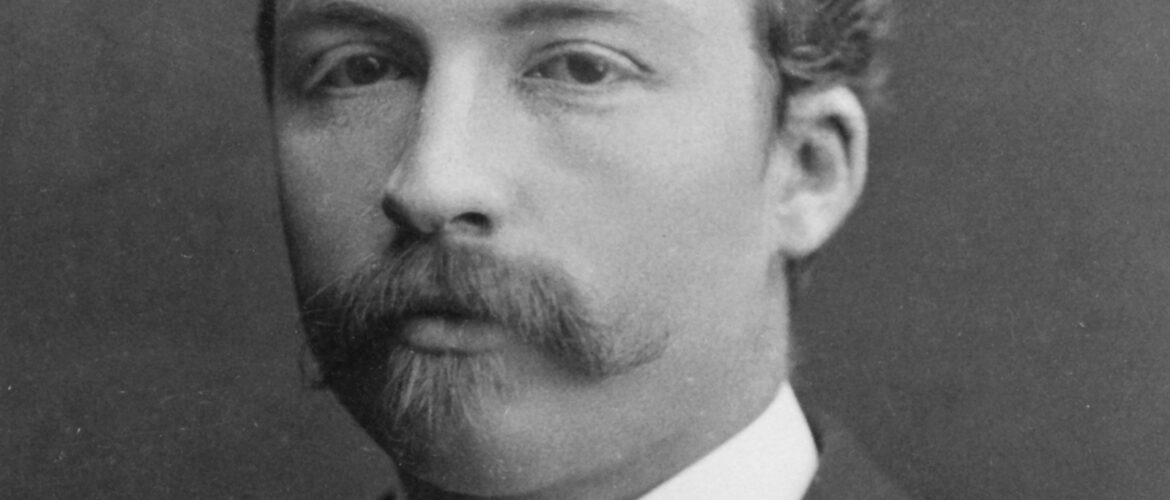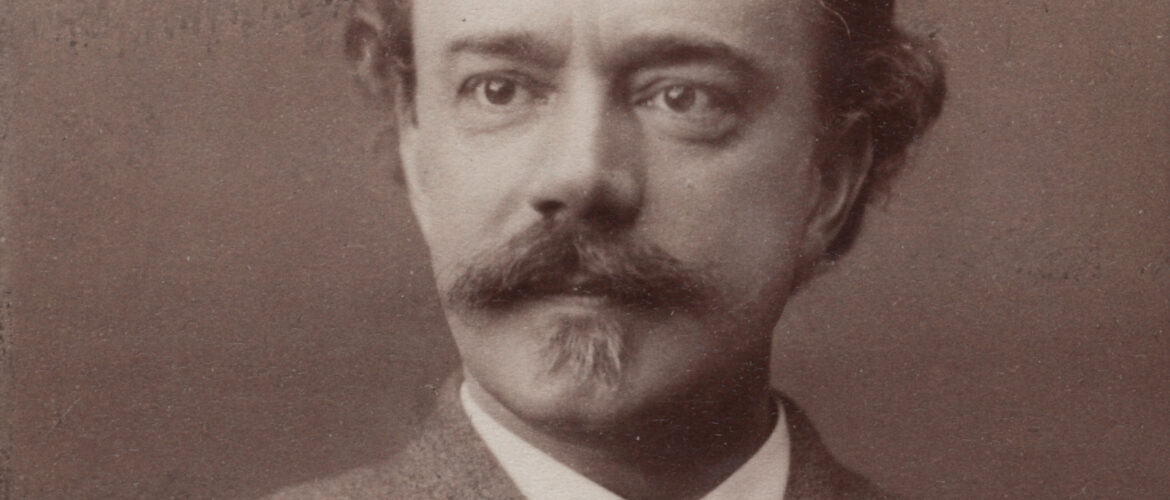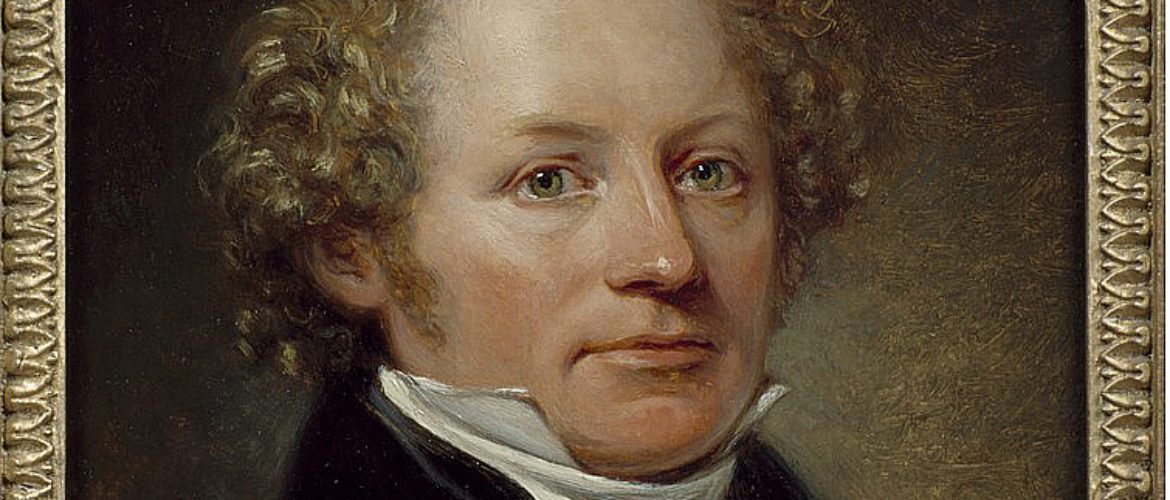1854–1925.
Linguist.
Adolf Noreen was born in Östra Ämtervik in Värmland and wrote a thesis on the Frykdal dialect. The thesis deals with the dialect of his home town and was the first dialect description based on scientific principles.
Noreen published language history manuals, for example about Fornisländska in Altisländische Grammar (1884) and about Ancient Swedish in Altschwedische Grammar (1904).
In his great work Vårt språk (Our language)(1903–1924) he presents his ethos of language and presents a basic plan for grammar. Noreen was also an advocate for the spelling reform in 1906.
Between 1887 and 1919, Adolf Noreen was professor of Nordic languages, was elected a member of The Royal Swedish Academy of Letters, History and Antiquities in 1902, as a member of The Royal Swedish Academy of Sciences in 1917 and became a member of the Swedish Academy in 1919.
Together with Johan August Lundell he founded the school Upsala Enskilda Läroverk (now Lundellska) in 1892.
Burial site: 0115-0823
Image description: Adolf Noreen, Uppsala circa 1880– ca 1890. Photo: Heinrich Osti / UUB. [The image is cropped]
Click here for an uncropped image







